Hiking Safety Tips for an Enjoyable Adventure in Malaysia
Renowned for its ancient rainforests and incredibly diverse ecosystems, Malaysia offers sublime nature adventures for hikers. But venturing into its jungles, mountains and parks also warrants caution. Uneven terrain, wildlife encounters and changeable tropical weather pose hazards.
By taking sensible precautions, you can focus on the spectacular scenery instead of worries. This guide covers tips and gear for safe, rewarding hikes across Malaysia.
#1 Research Trails and Get Maps Beforehand
Responsible hiking starts at home by picking an appropriate adventure for your skill level. Consult guidebooks and websites to match trails to your physical abilities.
Then visit park offices and tourism authorities to get detailed hiking maps. Ask staff about:
- Trail difficulty and landmarks
- Rain, heatwave or monsoon forecasts
- River crossings or wildlife sightings
Maps also provide trail markers and checkpoints to follow. Having one on hand prevents losing your way.
Choose wisely and gather intel to pick rewarding treks matched to your capabilities.
#2 Inform Others About Your Hiking Route and Return Time
Before starting out, inform key contacts about your specific plans:
- Hotel or guesthouse staff – Leave them your planned trail, start/end points and estimated finish time.
- Hiking group – For organized hikes, the guide handles this. But still give a friend or family member details too in case the group gets separated.
- Hike buddy – Having a partner or group hiking together adds safety. But agree on sticking close together instead of separating.
This way if an emergency delay happens, people know to send help to your last-known location. Checking in as safe via text when done provides peace of mind.
#3 Pack Proper Gear and Emergency Provisions
Carrying gear tailored for Malaysia’s conditions prepares you for various situations:
Essentials
- Sturdy hiking shoes with good ankle support and tread
- Insect repellent and sunscreen
- First aid kit – bandages, ointments, medications
- Headlamp/flashlight – For darkness and emergency signals
- Lighter and/or matches – Useful if needing a fire for warmth
- Whistle – Signal for help if injured
Navigation
- Compass and paper map or GPS device/app like ViewRanger
- External battery to keep devices charged if longer than a day hike
- Emergency reflective blanket and pocket knife
Clothing
- Light, breathable shirts and pants that dry quickly
- UPF sun protection hat
- Eyeglasses or sunglasses
Skimping on gear could prove disastrous. Research recommendations and invest in quality provisions suited for jungle humidity and monsoons.
#4 Carefully Monitor the Weather Forecast
Malaysia’s tropical climate brings pleasant year-round temps but also drenching downpours. Monitor forecast services and ask locals about conditions.
If a storm or heat wave looms, postpone plans. Lightning is extremely dangerous in exposed areas. Pushing on over rough terrain in hot sun quickly saps strength.
Stay clued into weather and be ready to delay, take shelter or turn back if threatening conditions arrive. Don’t risk disaster by ignoring warning signs.
#5 Wear Suitable Lightweight, Protective Clothing
What you wear while hiking significantly impacts comfort and safety. Choose:
- Quick-drying synthetic shirts/pants – Avoid cotton which stays damp.
- Lightweight rain jacket – Packable outer layer for downpours.
- Wide-brimmed hat for sun protection
- SPF 30+ waterproof sunscreen – Reapply frequently.
- Insect repellent clothing – Permethrin treated clothes deter bites.
- Hiking shoes/boots with good traction – Waterproof models for mud and streams.
- Gloves improve grip and protect hands from sharp plants and rocks.
Proper attire defends against Malaysia’s harsh sun, steamy humidity and pesky mosquitos. Adjust layers as you heat up and cool down to stay comfortable.
#6 Exercise Caution Regarding Wildlife
From venomous snakes to roaming elephants and tigers, Malaysia’s rainforests host hazards. Respect this wilderness but take precautions like:
- Making noise while hiking to avoid surprising animals
- Leaving plenty of space between you and mammals
- Knowing how to react in threatening encounters
- Identifying snakes and insects prone to attacking if startled so you can give them wide berth
Learn what to do if facing aggressive elephants, snakes or bees. And never feed or approach wildlife. Avoid surprises and close encounters using alertness and smart decisions.
#7 Stick to Well-Marked Trails
It’s tempting to wander off-trail to photograph a flower or check out that waterfall. But leaving maintained routes frequently leads to losing your way in thick jungle.
Instead, diligently follow colored tags, rock cairns and other trail markers used in parks. Stop only at designated rest spots and viewpoints. Using good judgment prevents losing the path.
If the route becomes difficult to follow for a long stretch:
- Pause and carefully relocate markers
- Check your position on the map
- If still unsure, turn around and backtrack rather than plunge ahead blindly
Avoiding shortcuts and staying alert lets you admire scenery without straying into peril.
#8 Take Regular Breaks for Food, Water and Rest
Pushing yourself too hard while hiking in Malaysia’s heat and humidity quickly saps strength. Avoid depletion, accidents and heat issues by:
- Hydrating often – Sip water frequently. Have hydration tablets to replace salts and minerals lost sweating.
- Snacking – Trail mix, energy bars and fruits provide regular energy boosts.
- Resting 10 minutes each hour in the shade – Lets the body cool and regain composure.
Watch for early signs of heat exhaustion like nausea and dizziness. These signal to stop and recover before hitting dangerous exhaustion levels.
Pacing yourself with planned breathers makes reaching trailheads easier. Don’t rush and monitor your needs.
#9 Use Caution on Tricky Terrain
Between slippery slopes, loose rocks, overhanging plants and hidden hollows, ankle-twisting accidents happen easily while distracted by nature’s beauty.
Hiking defensively helps avoid mishaps. Assume everything is unstable and use tactile senses like toes touching the ground to check surfaces. Use trekking/hiking poles as support for steep climbs or descents.
Other ideas:
- Survey terrain ahead and watch every step, not just the spectacular scenery
- Use footwear with aggressive tread for gripping muddy and slick rocks
- Brace using trees and poles when crossing streams
- Move deliberately on inclines using strong leg muscles instead of momentum
- Hiking gloves improve grip on poles and vegetation like thorny vines
Staying surefooted and minimizing slips means less falls. Treat the marvelous landscape gently but stay focused on the trail to avoid preventable accidents.
#10 Take Only Photos, Leave Only Footprints
Malaysia’s ancient rainforests and mountains deserve respect and stewardship from visitors allowed into their realm.
Follow Leave No Trace principles:
- Carry out everything brought in – Pack out all trash however small. Even organic waste like apple cores impacts sensitive ecosystems.
- Stay on marked trails – Straying tramples undergrowth and causes erosion.
- No feeding animals or gathering plants – Enjoy nature without interfering through harvesting or attracting problematic wildlife associates food with humans.
- Camp at designated areas – Reduce your imprint by using maintained campsites instead of clearing new spaces.
Model mindfulness to preserve Malaysia’s sublime landscapes. Treat the environment not as a playground but the precious heritage of plants, animals and people who dwell here.
By treading lightly through mindful hiking, campers demonstrate how to unlock nature’s gifts without diminishing them for those who come after. Our brief privilege glimpsing such grandeur and biodiversity carries a duty to leave nothing but awe.
FAQs about Hiking Safety Tips in Malaysia
Recommended vaccinations for Malaysia are hepatitis A, typhoid, tetanus, diphtheria, and rabies. Malaria medication is usually not needed for low-risk areas. Speak to your doctor about other shots suitable for your destinations.
Carry adhesive bandages, gauze pads, medical tape, antiseptic cream, antihistamines, pain relief medicine, tweezers, scissors, latex gloves, and electrolyte replacements. Know how to treat sprains, cuts, stings, and typical hiking mishaps.
It’s best not to drink untreated tap or stream water which may contain microbes. Boil water for 10 minutes or use water purification tablets or a filter system. Or carry bottled water and hydration salts.
Stay calm. Note the snake’s appearance to aid treatment. Immobilize the bitten limb and keep it below heart level if possible while seeking immediate medical assistance. Do not cut, suck, or apply tourniquets to bite.
Wear shoes, long pants tucked into socks, and insect repellent. Check skin frequently removing attached leeches with salt or heat from cigarette lighter. Don’t pull them off. Clean bite areas thoroughly to lower infection risks.
Thank you for taking the time to explore our article! If you’re hungry for more camping tips and outdoor adventures, check out our next insightful piece on essential gear for a memorable experience here. Happy reading!


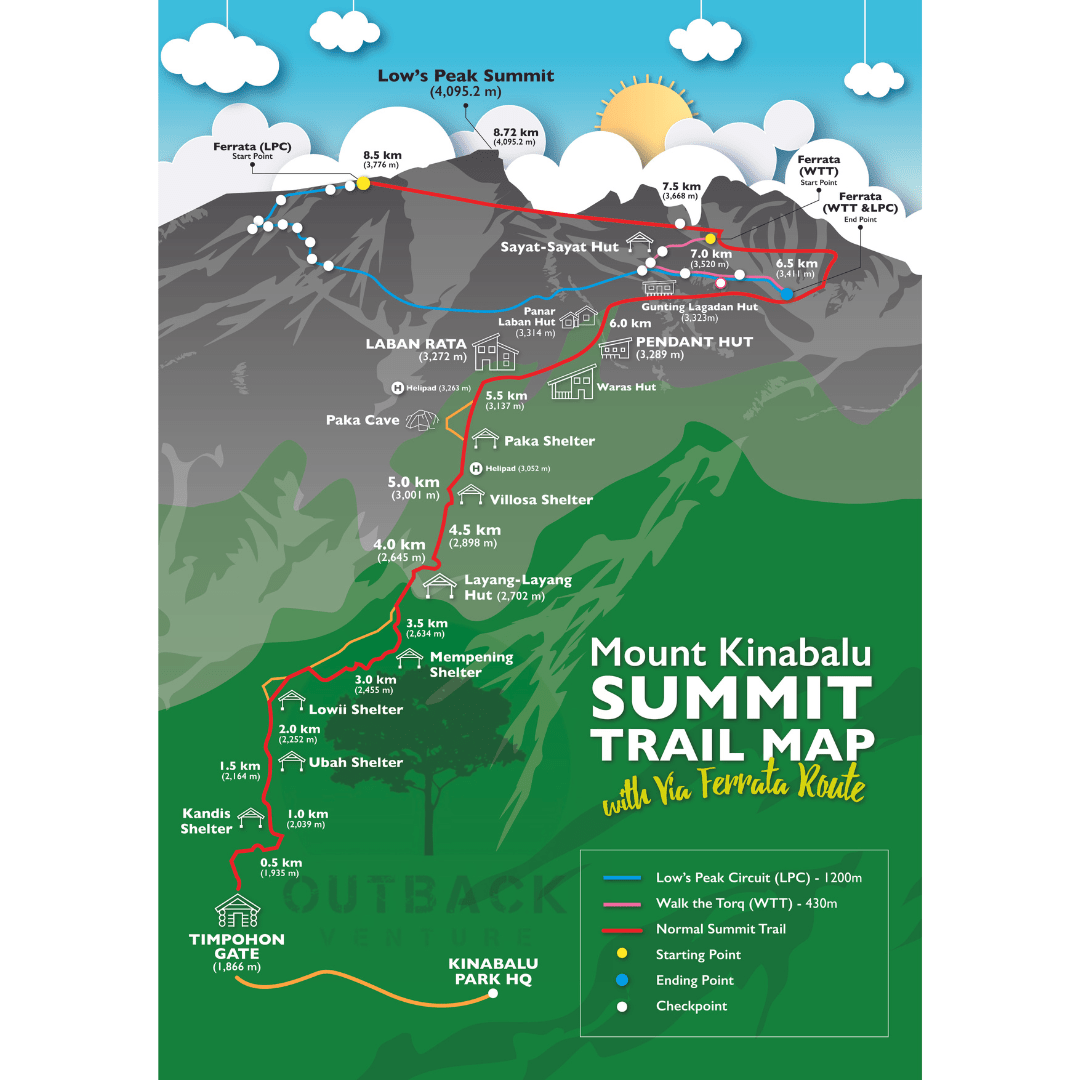
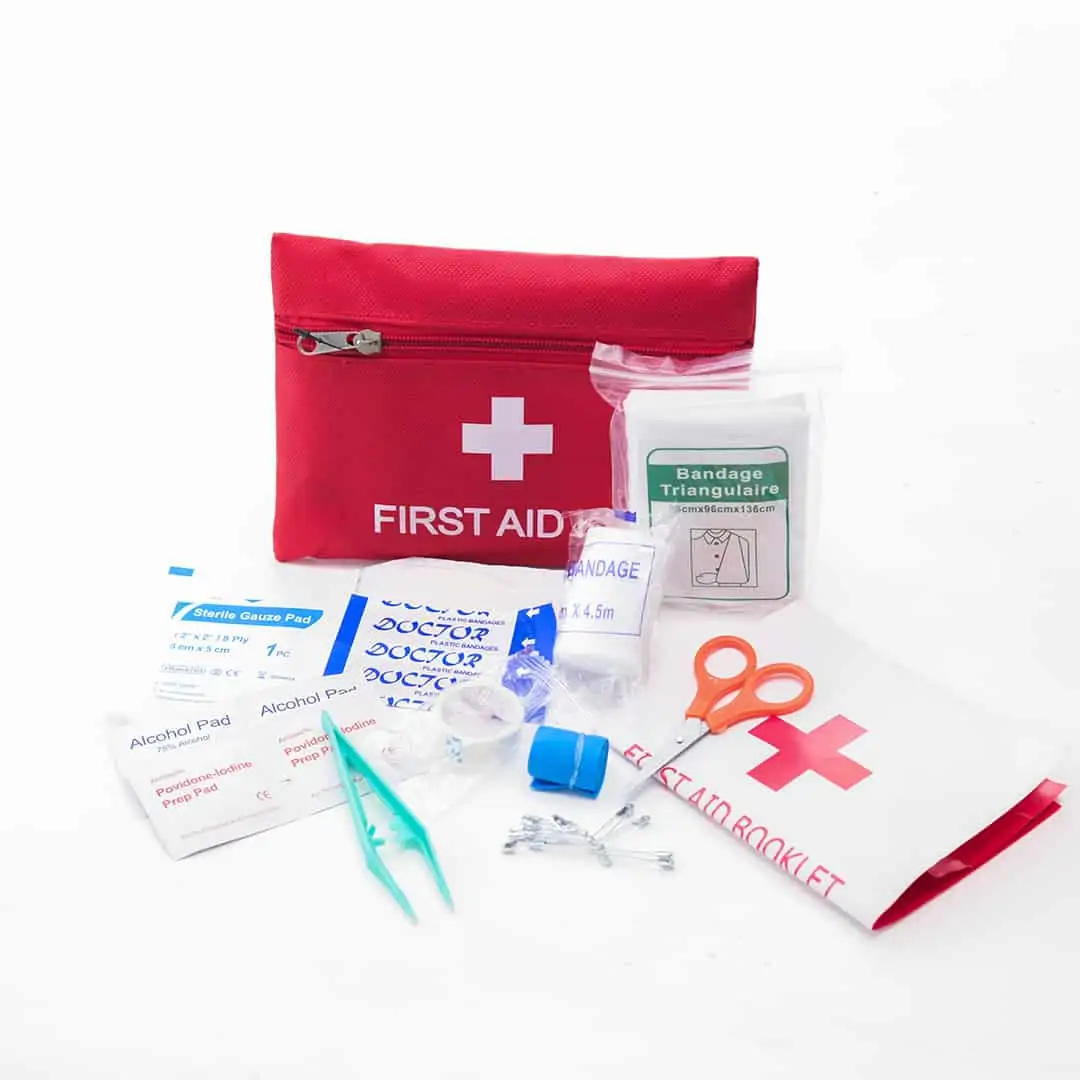
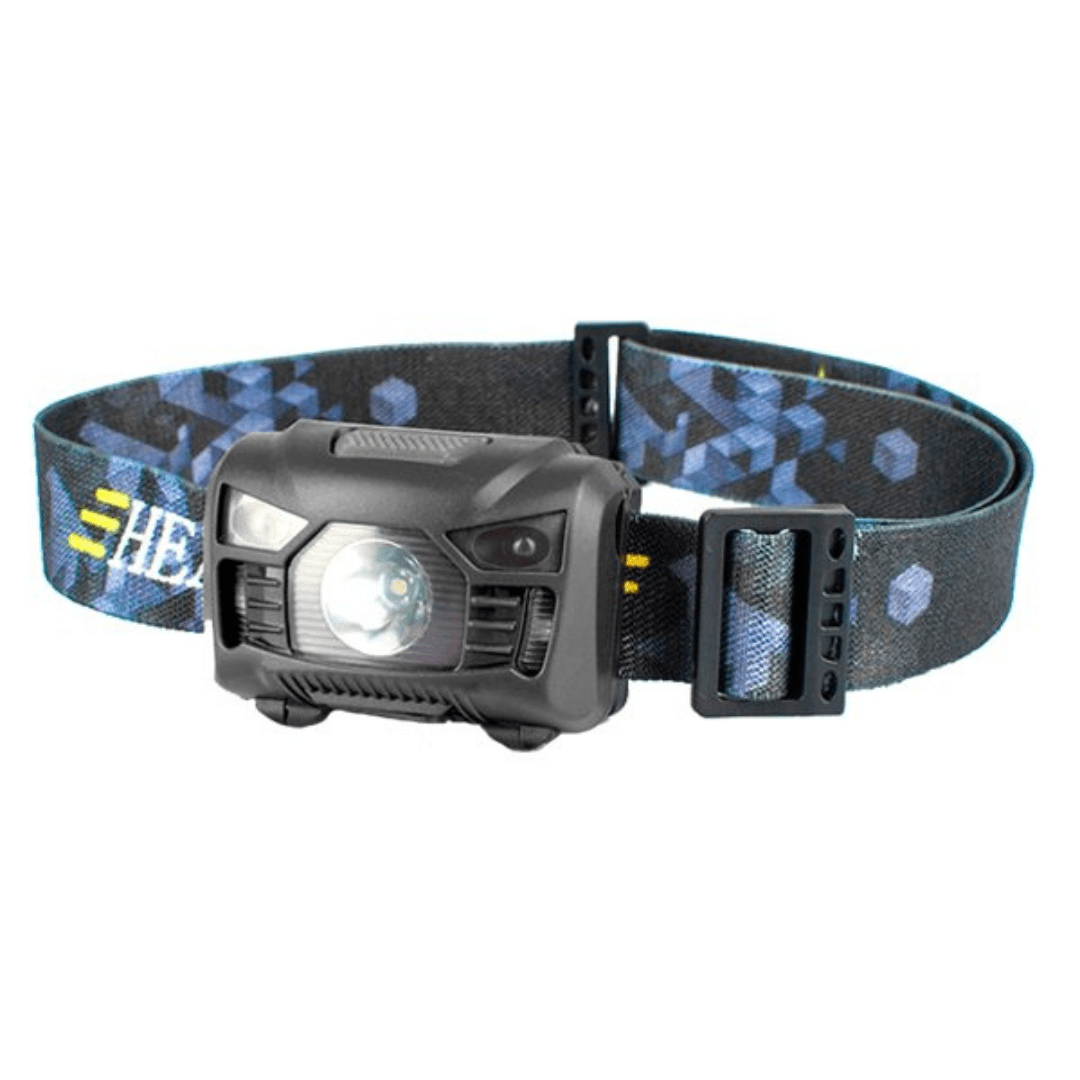
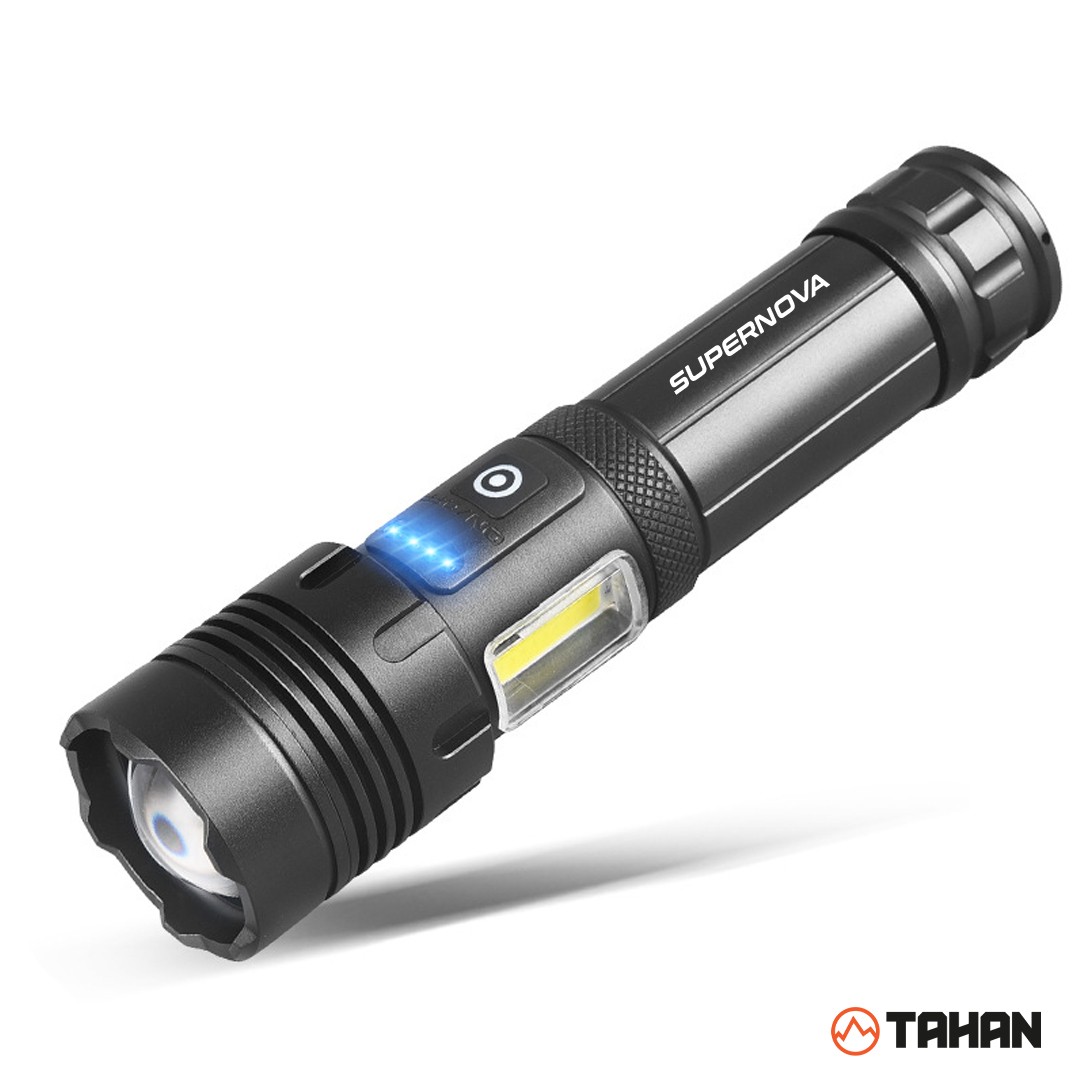

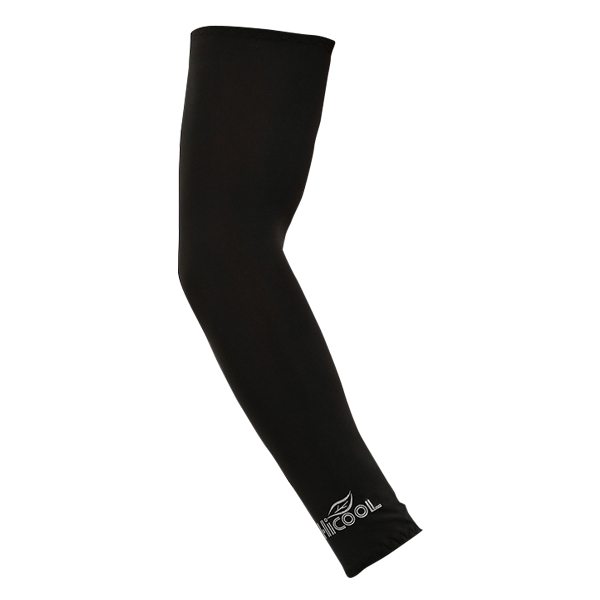
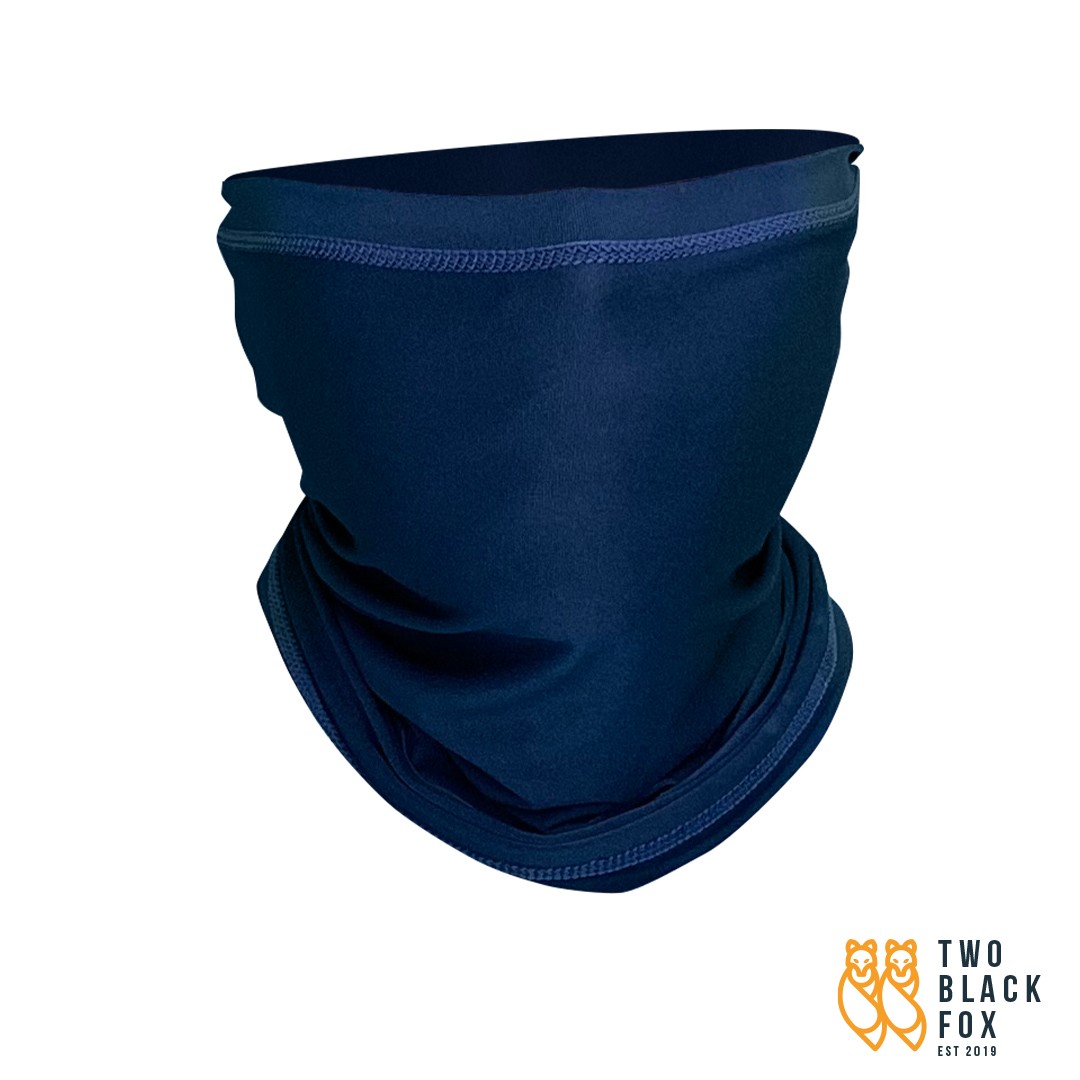
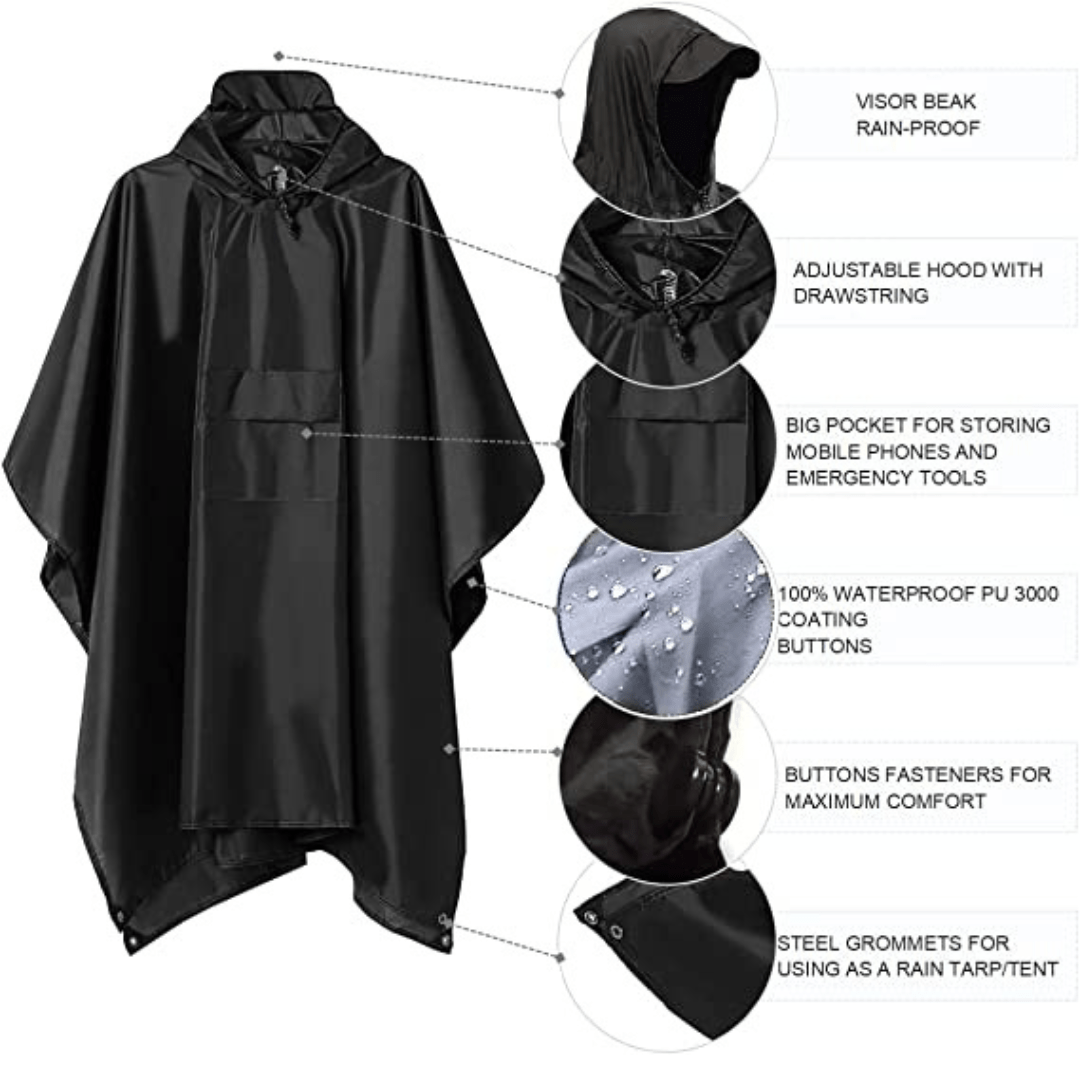

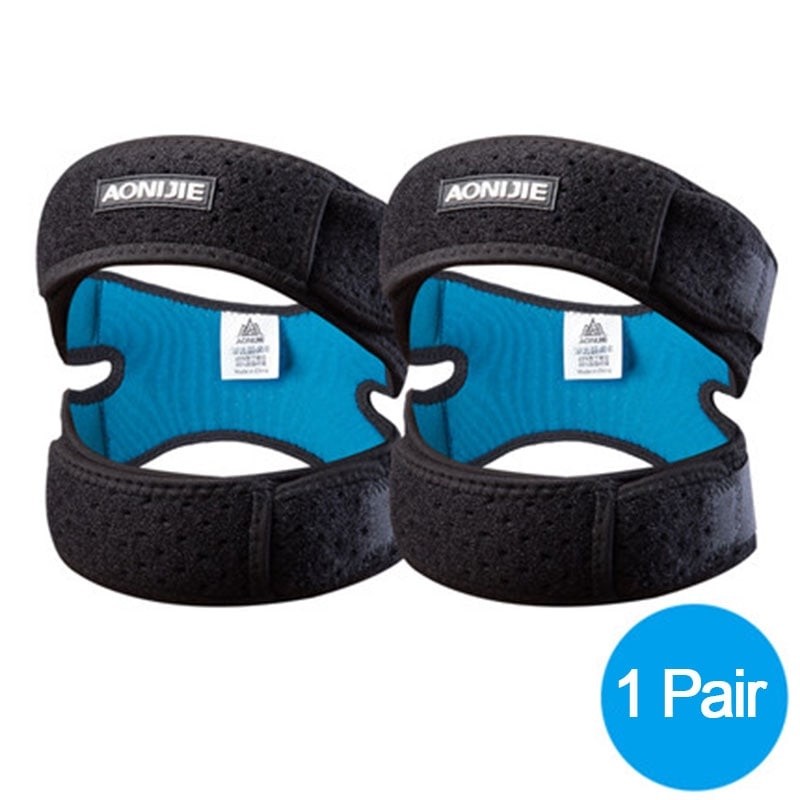
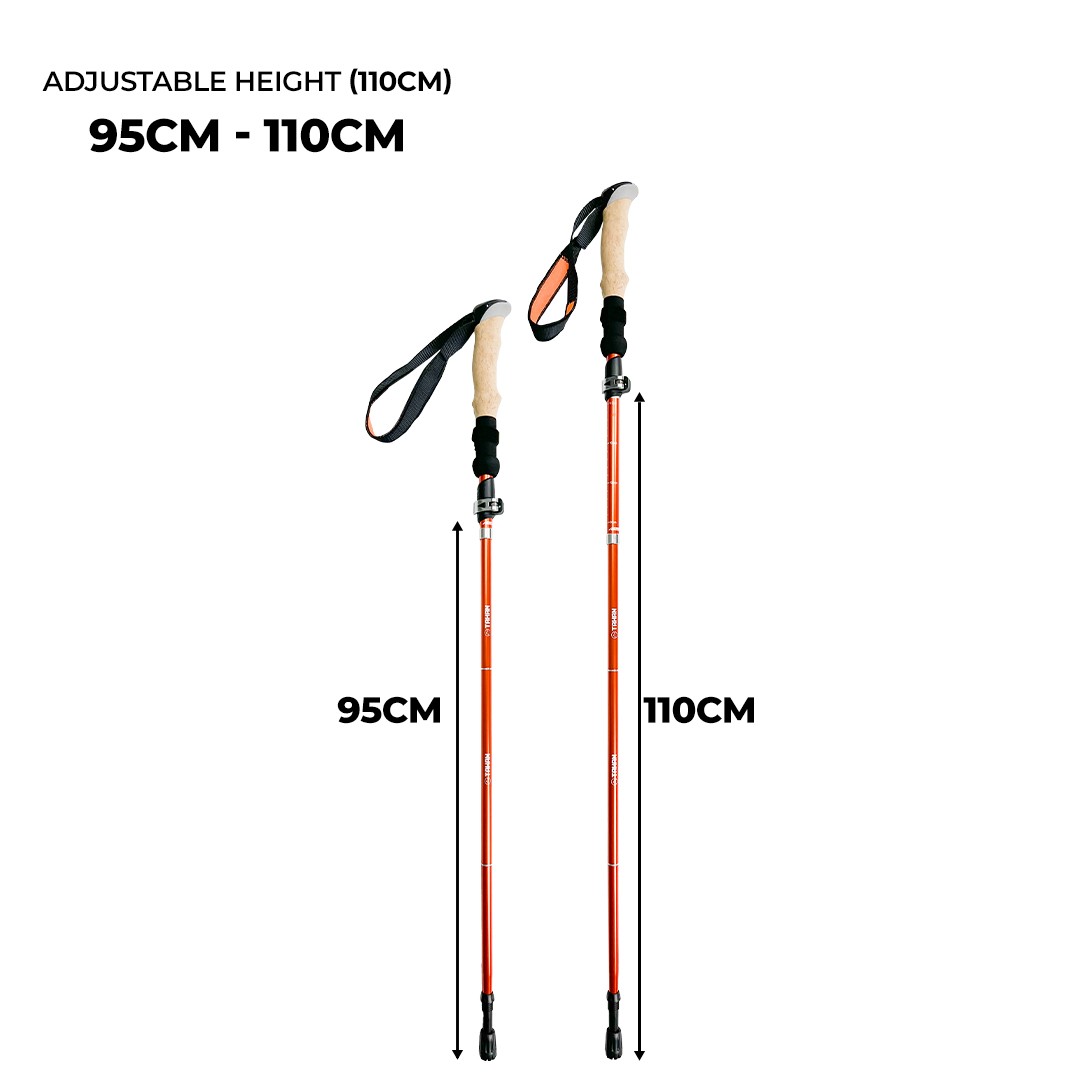
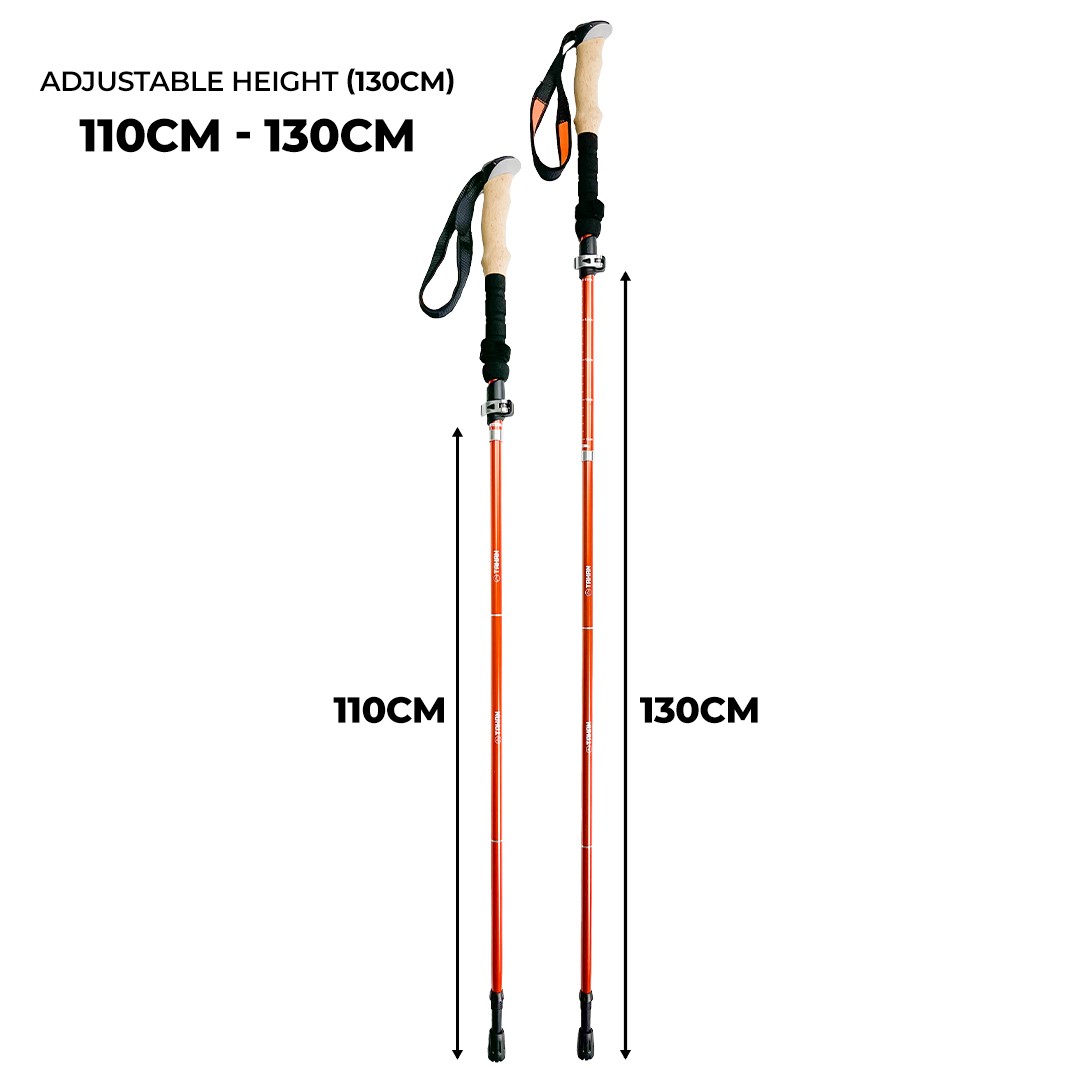
Shop Our Gears
Camp & Hike
TAHAN
COMBO
SLEEP SYSTEM
More tips that you might find useful:
12 Secrets to Getting Cheap Flights in Malaysia
1 Comments
马来西亚露营:户外探险综合指南
Camping in Malaysia: A Comprehensive Guide to Outdoor Adventures
2 Comments
Conquering Mount Kinabalu: A Hiker’s Guide to Malaysia’s Highest Peak
Camp Cooking Gear Guide – Build the Ultimate Camp Kitchen!
Top 5 Most Popular Campsites in Selangor
Ultimate Guide to Tropical Leisure Camping in Malaysia: TAHAN’s Top 5 Gear Picks
The Ultimate Guide to Hammock in Malaysia: Comfort, Adventure, and Relaxation